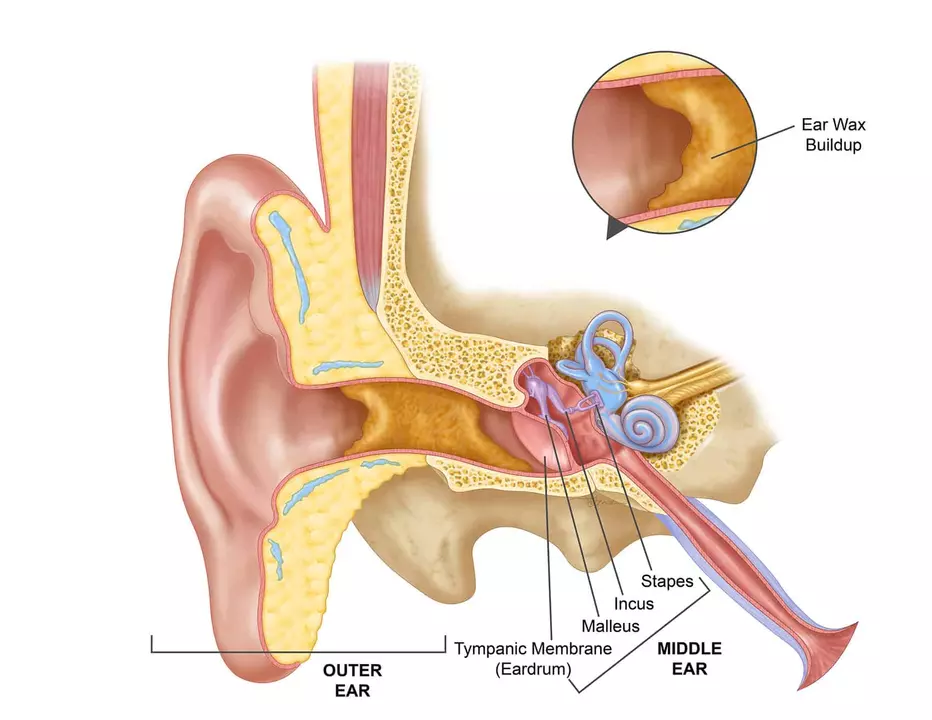Ear canal infection (swimmer's ear): quick, practical guide
Does your outer ear hurt, itch, or feel blocked after swimming or showering? That could be an ear canal infection, also called swimmer's ear or otitis externa. It's an infection of the skin lining the ear canal — not the middle ear — and it's usually treatable at home or with simple medical care.
Symptoms & causes
Common signs are ear pain that worsens when you tug the outer ear, itchiness, redness, clear or cloudy drainage, and sometimes reduced hearing from swelling or gunk in the canal. Fever is rare but can happen with a bad infection.
Water trapped in the ear, using cotton swabs or other objects, skin conditions (eczema, psoriasis), and minor cuts inside the ear let bacteria or fungi grow. Warm, humid conditions, hearing aids, or frequent swimming raise the risk.
What you can do now
If symptoms are mild, try these simple steps: keep the ear dry (avoid swimming and submerging), dry ears gently after showers, and use over-the-counter pain relievers like acetaminophen or ibuprofen for pain. A warm compress for 10–15 minutes can ease discomfort.
Don’t stick cotton swabs, fingers, or ear candles into the ear canal — that often makes things worse. Over-the-counter drying ear drops (usually alcohol-based) can help after swimming, but skip them if you suspect a perforated eardrum (sharp pain, sudden drainage, or hearing loss).
Most mild cases improve within 3–7 days with proper care. If you start getting worse or don’t feel better after 48–72 hours, see a healthcare provider.
When you should see a doctor: severe pain, heavy pus-like drainage, fever, significant hearing loss, diabetes or a weakened immune system, or if symptoms last more than a few days. Kids and older adults should get checked sooner.
At the clinic, the provider will look into your ear with an otoscope, gently clean the canal if needed, and often prescribe antibiotic or antifungal ear drops. If the canal is very swollen, they may place a small wick to help drops reach the infection. Oral antibiotics are rare but used if the infection spreads beyond the ear.
Prevention is simple: dry ears after water exposure, use ear plugs when swimming, avoid inserting objects into the ear, and manage skin conditions around the ear. If you swim a lot, using a 50:50 mix of white vinegar and rubbing alcohol as a few drops after swimming can lower infection risk — only if your eardrum is intact and you have no ear surgery history. Ask your provider if you’re unsure.
If pain is sudden and sharp with fever or you notice severe drainage, get medical care fast. Otherwise, follow the home steps above, monitor closely, and book a check-up if things don’t improve. Taking quick, simple action usually gets your ear back to normal within days.





